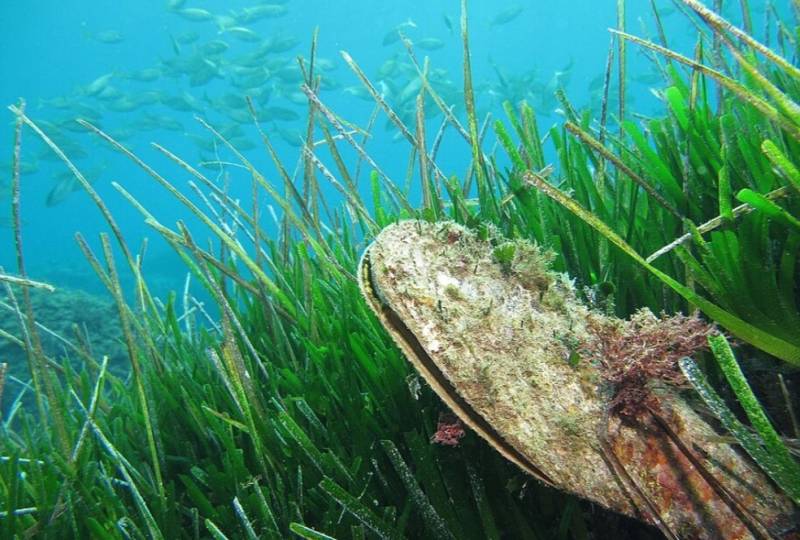- Region
- Águilas
- Alhama de Murcia
- Jumilla
- Lorca
- Los Alcázares
- Mazarrón
- San Javier
-
ALL AREAS & TOWNS
- AREAS
- SOUTH WEST
- MAR MENOR
- MURCIA CITY & CENTRAL
- NORTH & NORTH WEST
- TOWNS
- Abanilla
- Abarán
- Aguilas
- Alamillo
- Alcantarilla
- Aledo
- Alhama de Murcia
- Archena
- Balsicas
- Blanca
- Bolnuevo
- Bullas
- Cañadas del Romero
- Cabo de Palos
- Calasparra
- Camping Bolnuevo
- Campo De Ricote
- Camposol
- Canada De La Lena
- Caravaca de la Cruz
- Cartagena
- Cehegin
- Ceuti
- Cieza
- Condado de Alhama
- Corvera
- Costa Cálida
- Cuevas De Almanzora
- Cuevas de Reyllo
- El Carmoli
- El Mojon
- El Molino (Puerto Lumbreras)
- El Pareton / Cantareros
- El Raso
- El Valle Golf Resort
- Fortuna
- Fuente Alamo
- Hacienda del Alamo Golf Resort
- Hacienda Riquelme Golf Resort
- Isla Plana
- Islas Menores & Mar de Cristal
- Jumilla
- La Azohia
- La Charca
- La Manga Club
- La Manga del Mar Menor
- La Pinilla
- La Puebla
- La Torre
- La Torre Golf Resort
- La Unión
- Las Palas
- Las Ramblas
- Las Ramblas Golf
- Las Torres de Cotillas
- Leiva
- Librilla
- Lo Pagan
- Lo Santiago
- Lorca
- Lorquí
- Los Alcázares
- Los Balcones
- Los Belones
- Los Canovas
- Los Nietos
- Los Perez (Tallante)
- Los Urrutias
- Los Ventorrillos
- Mar De Cristal
- Mar Menor
- Mar Menor Golf Resort
- Mazarrón
- Mazarrón Country Club
- Molina de Segura
- Moratalla
- Mula
- Murcia City
- Murcia Property
- Pareton
- Peraleja Golf Resort
- Perin
- Pilar de la Horadada
- Pinar de Campoverde
- Pinoso
- Playa Honda
- Playa Honda / Playa Paraíso
- Pliego
- Portmán
- Pozo Estrecho
- Puerto de Mazarrón
- Puerto Lumbreras
- Puntas De Calnegre
- Region of Murcia
- Ricote
- Roda Golf Resort
- Roldan
- Roldan and Lo Ferro
- San Javier
- San Pedro del Pinatar
- Santiago de la Ribera
- Sierra Espuña
- Sucina
- Tallante
- Terrazas de la Torre Golf Resort
- Torre Pacheco
- Totana
- What's On Weekly Bulletin
- Yecla


- EDITIONS:
 Spanish News Today
Spanish News Today
 Alicante Today
Alicante Today
 Andalucia Today
Andalucia Today
Date Published: 22/08/2025
New hope for giant mussels as unseen colony found in Mar Menor
Citizen divers and scientists use technology and teamwork to safeguard Mediterranean’s rarest shellfish
 There’s fresh reason to celebrate under the waters of the Mar Menor as volunteers have uncovered unrecorded specimens of the critically endangered giant mussel, Pinna nobilis. Thanks to the sharp-eyed efforts of a local resident and the Hippocampus Association, several of the rare bivalves, often referred to as mother-of-pearl shells, have been found alive and well, signalling a small but important victory for marine life in the lagoon.
There’s fresh reason to celebrate under the waters of the Mar Menor as volunteers have uncovered unrecorded specimens of the critically endangered giant mussel, Pinna nobilis. Thanks to the sharp-eyed efforts of a local resident and the Hippocampus Association, several of the rare bivalves, often referred to as mother-of-pearl shells, have been found alive and well, signalling a small but important victory for marine life in the lagoon.The sighting took place earlier this week, when neighbour MP, swimming regularly in his local stretch of water, spotted what appeared to be a mother-of-pearl shell glinting on the seabed. He notified Hippocampus, an environmental group dedicated to marine conservation, which quickly rallied a team of six volunteers for an underwater search. After just over an hour, they confirmed the presence of at least one new mussel. According to MP’s own account, there may be three or four living specimens tucked away in this part of the lagoon.
As soon as the discovery was verified, Hippocampus followed established procedures for this endangered species and contacted the General Directorate of Natural Heritage, the Murcia Aquarium, and the University of Alicante to inform them - a vital step for monitoring and protecting these rare bivalves.
Why does this matter so much? Giant mussels can grow up to 120 centimetres long and live for five decades, making them the largest bivalve molluscs in the Mediterranean. Their survival has been threatened in recent years by a parasitic protozoan, Haplosporidium pinnae, which wiped out over 90 percent of populations across the region since 2016. For a time, the Mar Menor served as a last refuge for the species, protected in part by its higher salinity, but the mass anoxia and pollution crisis of 2019 decimated local numbers.
Now, every new colony is celebrated. Hippocampus president José Luis Alcaide emphasised the importance of communities and volunteers in spotting and safeguarding these rare finds: “This new sighting reinforces the importance and necessity of citizen participation in marine conservation,” he said, highlighting the role concerned residents play in defending coastal ecosystems.
Technology on the seabed
At the same time, the Mar Menor is under constant watch by a sophisticated network of sensors. Technicians from IMIDA travel regularly across the lagoon, deploying profiling buoys that measure oxygen, chlorophyll, salinity and temperature several times daily. Eight main buoys and 22 geolocated sampling sites feed data into a digital model that helps experts anticipate any changes that could threaten the ecosystem.
Director General of the Mar Menor, Víctor Serrano, stresses the importance of this work: “We have more than ten years of historical data on some parameters, and we know that some behaviours are normal.” After a stretch of extreme heat in July, these sensor readings reassured scientists that water quality remained stable, with no fears of anoxia, unless something unusual like flooding occurs.
This combination of high-tech monitoring and hands-on community action is making a real difference for the giant mussels and for the Mar Menor more widely. Every real-time sensor check and every citizen report brings a bit more optimism for the lagoon’s future and for Mediterranean biodiversity.
The story of the giant mussels in Mar Menor is one of resilience and teamwork between local people and scientists. Each new shell found is a symbol of hope, a sign that with enough vigilance and cooperation, even critically endangered species can make a comeback.
Image: wiki commons
Contact Murcia Today: Editorial 000 000 000 /
Office 000 000 000


































